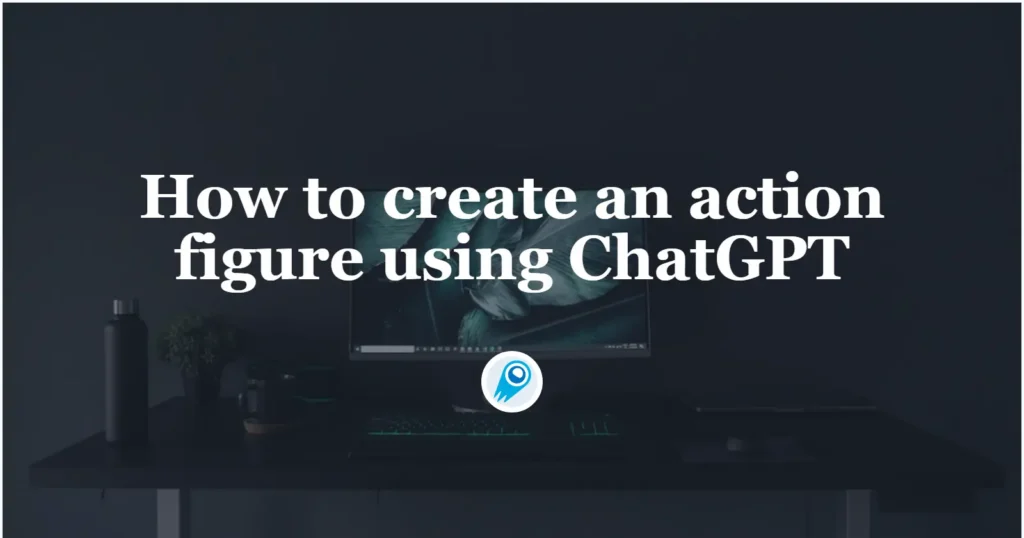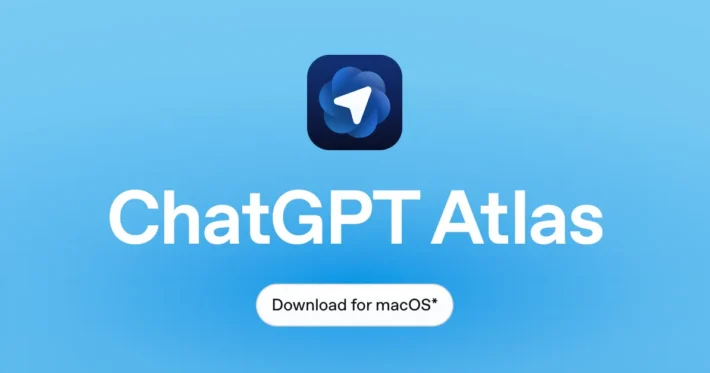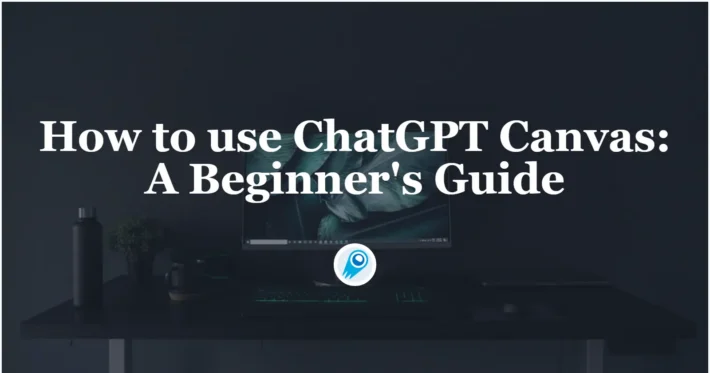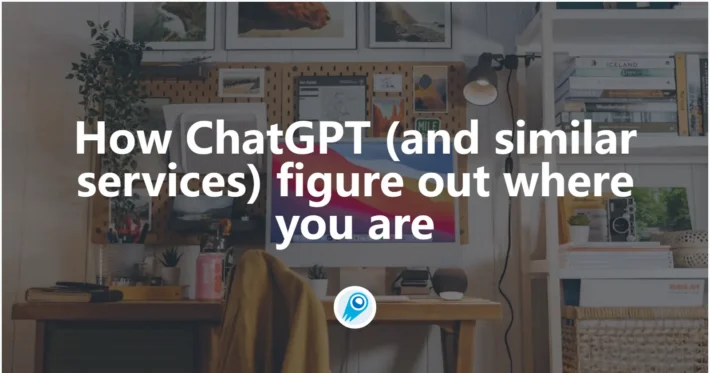How to Create an Action Figure using ChatGPT

The tools for making a custom action figure have changed dramatically in the past few years. ChatGPT—now an image-capable, multimodal assistant—can be the creative engine that takes a concept from idea to printable 3D file when combined with the emerging class of text-to-3D, mesh-processing, and fabrication services. This article explains a professional, end-to-end workflow you can use today: how to use ChatGPT to design, iterate, and prepare an action figure for manufacturing, and practical tips for producing a high-quality collectible.
What can ChatGPT actually do for action-figure creation today?
ChatGPT is no longer “just” a text assistant. Recent upgrades have integrated image generation into the chat flow, allowing you to go from descriptive prompts to concept art inside the same session. These capabilities make ChatGPT useful as a design director: it can generate detailed briefs, create visual concept images (useful for reference or for conditioning a text-to-3D model), and produce the step-by-step instructions and prompt chains that feed specialized 3D-generation tools. OpenAI’s recent image-generation work (GPT-4o / “images in ChatGPT”) has made image outputs more controllable and integrated with chat context, which shortens the creative loop between idea and visual reference.
How should you use ChatGPT vs. dedicated 3D tools?
Use ChatGPT for:
- Concept ideation and iterative refinement (personality, scale, articulation style).
- Generating polished prompts for image and text-to-3D models.
- Producing technical checklists and step-by-step instructions for mesh cleanup, articulation design, and print settings.
Use specialized tools for:
- Converting concepts to real 3D geometry (text-to-3D engines such as Point-E, DreamFusion-style pipelines, Magic3D/GET3D variants).
- Mesh optimization, retopology, rigging, and slicing for 3D printers or injection molds.
How do I go from ChatGPT text to a 3D model?
This is the core pipeline. Below is a practical, ordered workflow you can follow.
1) Start with a clear character specification
Ask ChatGPT to produce a multi-part spec: silhouette, proportions (heroic, realistic, stylized), articulation points, accessories, textures, color palette, and reference image suggestions. Example prompt snippet:
“Create a 1:10 scale action figure spec: male, cyberpunk samurai armor, articulated neck/shoulders/hips/knees/waist, two interchangeable hands, katana + energy sheath, dynamic left-forward running pose, surface: matte ceramic plates and cloth underlayer.”
Use the spec to guide image and 3D generation.
2) Generate visual references (2D)
Use ChatGPT to craft high-quality image-generation prompts for DALL·E or another image model to create orthographic and dynamic-view concept art (front, side, 3/4). Recent ChatGPT and allied tools now integrate powerful image generation (e.g., DALL·E 3 / GPT-4o image capabilities) that can produce usable concept art and reference images. This step gives you the visual foundation for modeling.
3) Choose a 3D pathway
Pick one of these approaches depending on your skills and time:
A. Text-to-3D direct generation
Use models like Point-E (OpenAI), DreamFusion techniques, Magic3D, or GET3D to generate a 3D output from text. These systems can produce point clouds or meshes conditioned on text prompts; some produce textured meshes, others need additional processing. They are fast enough for iterative experimentation but may require cleanup for print.
B. Image-to-3D conversion
Generate multiple high-quality images (front/side/three-quarter) with ChatGPT-crafted prompts, then use photogrammetry, multi-view reconstruction, or neural 3D tools that convert images into meshes. This gives more artistic control but may need manual retopology.
C. Hybrid: AI-assisted sculpting
Use AI-generated concept art as the reference and sculpt in Blender/ZBrush. You can accelerate blocking, retopology, and details with AI-assisted plugins or tools that import point clouds and convert them into editable meshes.
4) Clean, retopologize, and rig for articulation
Generated meshes often have non-manifold geometry, holes, or overly dense triangles. For printable action figures you must:
- Make the model watertight (no holes).
- Create proper wall thickness (minimum thickness depends on material and printer).
- Separate parts that will be printed separately (head, torso, limbs, accessories).
- Add connection mechanisms (pegs, ball joints) with tolerances for your printing process.
- If printing articulated joints, design with appropriate clearance (usually 0.2–0.5 mm depending on printer precision).
Tools to use: Blender (for retopology and separation), MeshLab (mesh repairs), and enterprise tools (Netfabb, Materialise) for industrial workflows.
5) Export to printable formats
Export each part as STL or OBJ. Run slicing software (Cura, PrusaSlicer, BambuSlicer) and preview supports and overhangs. Print test pieces (one limb, a peg) to verify fit before committing to the full print.
Which tools and models should I consider today?
The text-to-3D research field has matured rapidly. Choose according to your needs: rapid prototyping, high-fidelity sculpting, or textured characters.
Open-source / research tools
- Point-E (OpenAI) — generates point clouds from text and can create workable 3D assets quickly. It trades some quality for speed, making it useful for ideation and iterations.
- DreamFusion / Magic3D — research techniques that use 2D diffusion models to optimize 3D representations; higher fidelity but more compute-intensive.
- GET3D (NVIDIA) — focuses on explicit textured mesh generation with rich geometry; promising for high-quality meshes if you can adapt research code.
Practical commercial and community tools
- DALL·E / GPT image features (for 2D concept images) — integrated in ChatGPT and other UIs; they are a great front-end for producing orthographic reference art and pose studies. Recent rollouts expanded free user access and introduced new multimodal capabilities.
- Photogrammetry + Meshroom, Blender, ZBrush — industry-standard for converting references and refining assets.
- Slicing and print-prep: Cura, PrusaSlicer, Netfabb, BambuStudio.
When selecting tools, factor in compute cost (text-to-3D can be GPU-intensive), licensing, and the expected fidelity for a finished figure.
How can ChatGPT help automate repetitive or technical tasks in the workflow?
You can use ChatGPT to:
- Generate standardized QA checklists for each print run.
- Produce batch-printing exporter scripts (e.g., generate a list of STL filenames and suggested orientations).
- Create copy for product pages, packaging text, and instruction manuals.
- Translate manufacturing instructions into other languages or simpler formats for vendors.
If you maintain a consistent prompt template, ChatGPT becomes a productivity layer that reduces back-and-forth and preserves institutional knowledge about tolerances, materials, and supplier preferences.
How do I design joints and assembly features for an articulated action figure?
Designing a durable, functional action figure requires engineering attention to joints and tolerances.
Joint types and tips
- Ball-and-socket: Great freedom of movement but needs strong materials and tight tolerances. Print sockets with slightly tapered openings and include lubrication or small polymer bushings for wear resistance.
- Hinge joints: Simpler and robust for knees and elbows. Design stops to prevent hyperextension.
- Peg-and-socket: Easy for detachable limbs or accessories; dimension test prints to find correct tolerance.
Tolerances, clearances, and material choices
- Typical clearance for FDM printers: 0.2–0.5 mm depending on nozzle and calibration. Resin printers (SLA/DLP) allow tighter tolerances (0.05–0.2 mm).
- Choose resin for fine detail (faces, small accessories) and FDM/ABS for larger structural pieces.
- Consider internal reinforcement for thin parts: add fillets and ribs, and avoid extremely thin cantilevers.
How do ChatGPT integrations and plugins fit in?
ChatGPT can generate curated prompts, code snippets (for Blender Python automation), and step-by-step checklists. With the newer “GPTs/plugins” architecture, you can also connect ChatGPT directly to other tools (for example, a plugin that calls a text→3D API, or a slicer automation script). If your ChatGPT environment has Codex-style features (coding-optimized models), you can auto-generate Blender scripts to perform repetitive cleanup tasks.
Conclusion
The pace of progress in AI-driven content creation — both image and emerging text-to-3D technologies — means workflows that once required expert sculptors are becoming accessible to small teams and solo creators. Systems like Point-E, DreamFusion, Magic3D, and GET3D demonstrate viable routes from text prompts to 3D assets, while ChatGPT now sits at the center as a planner and prompt-engineer to orchestrate the whole chain. That said, human craft (sculpting, engineering joints, finishing) remains essential for production-quality action figures, especially if you aim to sell or scale.
Getting Started
CometAPI is a unified API platform that aggregates over 500 AI models from leading providers—such as OpenAI’s series, Google’s Gemini, Anthropic’s Claude, Midjourney, Suno, and more—into a single, developer-friendly interface. By offering consistent authentication, request formatting, and response handling, CometAPI dramatically simplifies the integration of AI capabilities into your applications. Whether you’re building chatbots, image generators, music composers, or data‐driven analytics pipelines, CometAPI lets you iterate faster, control costs, and remain vendor-agnostic—all while tapping into the latest breakthroughs across the AI ecosystem.
To begin, explore the chatgpt model ’s capabilities in the Playground and consult the API guide for detailed instructions. Before accessing, please make sure you have logged in to CometAPI and obtained the API key. CometAPI offer a price far lower than the official price to help you integrate.
Ready to Go?→ Sign up for CometAPI today !



